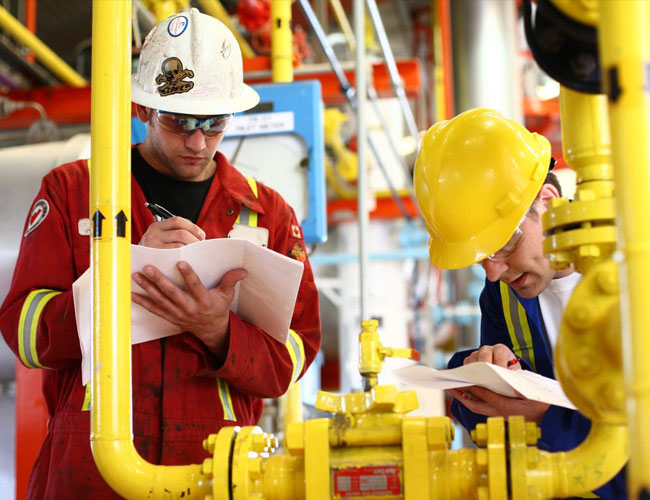Identification and assessment of workplace hazards
The identification and assessment of workplace hazards are critical steps in the process of managing Health, Safety, and Environment (HSE) in any organization. Effectively identifying and assessing hazards help prevent accidents, injuries, and illnesses. Here’s a systematic approach to identify and assess workplace hazards:

1. Establish a Hazard Identification Team:
- Form a team responsible for hazard identification and assessment. Include employees from various levels and departments to gain diverse perspectives.
2. Gather Information:
- Collect relevant information about the workplace, including processes, equipment, materials, and historical incident reports.
3. Conduct Workplace Inspections:
- Regularly inspect the workplace, focusing on different areas and activities. Pay attention to details and potential hazards, such as:
- Machinery and equipment: Look for defects, missing guards, or improper use.
- Chemicals and substances: Identify hazardous chemicals, improper storage, and potential exposure points.
- Ergonomic factors: Evaluate workstations for ergonomic hazards that can cause musculoskeletal disorders.
- Work organization: Assess stressors related to workload, job design, and workplace culture.
- Environmental factors: Consider factors like temperature, lighting, ventilation, and noise levels.
- Use checklists or forms to document your observations during inspections.
4. Involve Employees:
- Encourage employees to actively participate in hazard identification. They are often the most familiar with their work environments and can provide valuable insights.
- Create a culture where reporting hazards and near-misses is encouraged and rewarded.
5. Review Incident Reports:
- Analyze records of past incidents, accidents, and near-misses. This can help identify recurring issues and areas that need attention.
6. Consult Safety Data Sheets (SDS):
- Review SDS for chemicals used in the workplace to understand potential hazards and recommended safety precautions.
7. Conduct Job Hazard Analysis (JHA) or Job Safety Analysis (JSA):
- Break down specific tasks or job processes and identify potential hazards associated with each step.
- Evaluate the likelihood and severity of each hazard.
8. Use Risk Assessment Methods:
- Employ risk assessment methods and tools to evaluate identified hazards. Common methods include:
- Risk Matrices: Assess risks based on likelihood and severity, often using a color-coded matrix.
- Failure Mode and Effects Analysis (FMEA): Systematically analyze potential failure modes and their consequences.
- Hazard and Operability Studies (HAZOP): Evaluate system and process hazards through a structured study.
- Consider potential consequences, including harm to people, damage to property, environmental impact, and business disruption.
9. Prioritize Hazards:
- Prioritize hazards based on their risk levels. High-risk hazards should be addressed with greater urgency and resources.
10. Develop Control Measures:
- Once hazards are identified and assessed, develop control measures to mitigate or eliminate them. Control measures can include engineering controls, administrative controls, and personal protective equipment (PPE).
11. Document Hazard Assessments:
- Maintain records of hazard assessments, including identified hazards, risk assessments, and control measures implemented.
12. Review and Update:
- Regularly review and update hazard assessments as workplace conditions change or new hazards emerge.
13. Training and Communication:
- Ensure that employees are aware of identified hazards, associated risks, and control measures. Provide training on safe work practices.
14. Monitor and Audit:
- Regularly monitor the workplace to ensure that control measures are effective. Conduct safety audits to identify any gaps or areas that require improvement.
15. Continuously Improve:
- Foster a culture of continuous improvement in hazard identification and risk assessment. Encourage feedback and learning from incidents and near-misses.
By following these steps and maintaining a proactive approach to hazard identification and assessment, organizations can create safer workplaces and minimize the potential for accidents and injuries.
